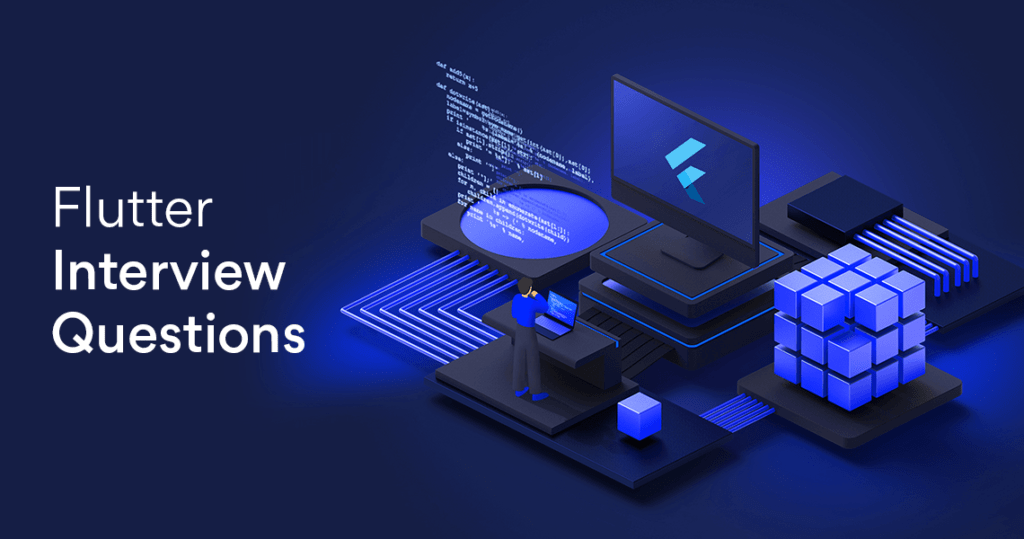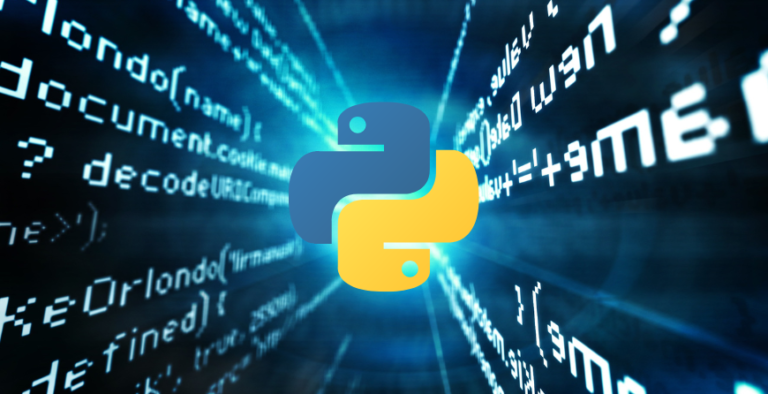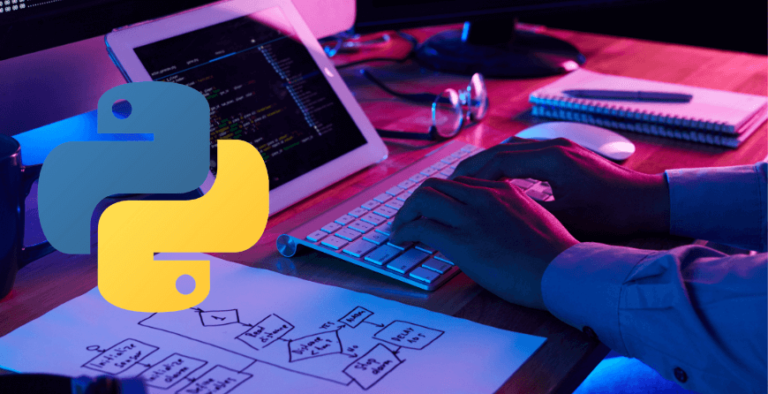Flutter Interview Questions

Outline
With the help of our sure-fire Flutter interview preparation guide, you can ace your upcoming interview and land your dream position as a Flutter developer.
Introduction - Flutter Interview Questions and Answers
Flutter provides free and open-source UI development help and was first created by Google before being handled by ECMA. With the help of this UI toolkit, users can build stunning, natively generated mobile applications using only one programming language and one codebase.
You may create mobile applications for iOS and Android using a framework like Flutter that is entirely platform-independent. It is regarded by developers as the quickest and most expressive approach to create native apps. Flutter will soon have a big influence on the creation of top-notch, feature-rich mobile applications because to its simplicity, excellent performance as a result of its development, and rich user interface.
Optymize is a US-based company with global clients. We offer 100% remote opportunities as well as competitive payments. Sign up with us, crack the interview and work with Fortune 500 Companies.
Flutter Interview Questions for Beginners
1. How many types of widgets are there in Flutter?
-StatelessWidget : This widget does not require mutable state.
-StatefulWidget: This widget that has a mutable state.
2. What are the different build modes in Flutter?
Debug Mode
This mode makes it possible to debug programmes on a real device, an emulator, or a simulator. Here, both service extensions and assertions are permitted. Compilation is then optimised to enable rapid deployment.
Profile Mode
While testing the programme, some debugging capabilities are still available, allowing for performance analysis. In this situation, tracing and certain extensions are enabled. Profile mode is not enabled on emulators and simulators because of how inaccurately they mimic real-world performance. The profile mode may be built with the following command: run flutter–profile
Release Mode
This mode is utilised while delivering the software to reduce footprint size and increase optimization. Here, assertions, debugging, and service extensions are all deactivated. Its primary benefits are quicker startup, quicker execution, and smaller size. The release mode may be built with the following command: run flutter–release
3. Explain the flutter widget and write its importance.
Class ImageWidget extends StatelessWidget {
// Class Stuff
}
The widgets used to build the app are nested one inside the other. As a result, your app’s root and all child widgets are also widgets.
4. Explain App state.
-User preferences
-E-commerce shopping cart
-Social networking notifications, etc
5. Write the difference between runApp() and main() in flutter.
main():
runApp(): The widgets that are linked to the screen may be returned using runApp() and used as the root of the widget tree that will be shown on the screen. The main function, which serves as the app’s driver, calls this function.
6. Define Dart?
7. Explain Flutter Inspector.
Intermediate Flutter Interview Questions
We have gathered some challenging Flutter interview questions for you in this part. You can get assistance from this section with these precise types of intermediate Flutter interview questions you might face while looking for work.
1. What function does Ticker provide in Flutter?
2. What use do Mixins serve?
3. Why do you use the term "streams" in Flutter?
Streams are used in asynchronous programming to deliver a succession of data in an asynchronous way. We set a value on one end and a listener gets it on the other, much like a pipe. When inserted in the pipeline, several listeners can be combined into one stream and receive the same data. Through the SteamController, streams may be created and managed.
The await for and listen() methods are available in the Stream API for processing streams. There are several methods to build streams, but only one way to use them.
4. Write the distinction between Hot restart and Hot reload.
The first execution of any dart programme takes a substantial amount of time. Flutter offers two capabilities called Hot Reload and Hot Restart that help fix this issue by shortening the time our app takes to execute after being launched.
Hot Reload
It is regarded as a good attribute of flutter that it does its duty in around one second. You may quickly and simply add functionality, develop UIs, resolve errors, and make modifications with this method. We may rapidly build the new code in a file and transmit it to the Dart Virtual Machine by exploiting the hot reload functionality (DVM). DVM changes the app’s UI as soon as the update is finished. In a hot reload, the saved state is not lost.
Hot Restart
Compared to a hot reload, its functionality is a little bit different. The saved states of our software are lost in this process, and the code is rebuilt from scratch. It takes longer than a hot reload, but it completes more quickly than a full restart function.
5. Explain BuildContext.
Widgets in widget trees can be recognised or located using build contexts. There is one BuildContext for each widget, or one BuildContext overall. In essence, we use it to look for references to other widgets and themes. You may use it to communicate with widget parents and have access to widget data.
6 . How does state management work?
State Management is essential whether you are creating a web application or a mobile application. It handles data flow throughout an application by centralising the states of numerous UI components. It can take the shape of a text field, radio button, checkbox, dropdown menu, toggle, or other object. State management in Flutter may be divided into two categories as follows:
Ephemeral State
Ephemeral state, which is related to a specific widget, is also known as UI state or local state. In other words, it is a state that the particular widget itself contains. StatefulWidget, a component of Flutter, supports this state.
App State
This is distinct from the ephemeral state since it is a state that we wish to share across various app components and keep throughout sessions. Thus, these kinds of states are applicable everywhere. Flutter offers support for this state via scoped model.
5. Explain pubspec.yaml file.
The file that is included when you create a Flutter project that is found at the top of the project tree is called pubspec.yaml, sometimes known as “pubspec.” This file includes details on the dependencies that a project needs, such as packages and their versions, typefaces, etc. It ensures that you will have the same package version the following time you create the project. You can also impose restrictions on the app. This project’s configuration file will be essential while dealing with the Flutter project.
Advanced Flutter Interview Questions
1. What would happen if you just ran code in debug mode?
if (Foundation.kReleaseMode){ // is Release Mode??
print(‘release mode’); }
else {
print(‘debug mode’); }
2. What is await in Flutter? Write it's usage.
3. Compare SizedBox with Container.
Container:
Multiple child widgets in this parent widget may be simply managed and controlled by effectively modifying their size, padding, and colour. If a widget requires style, such as a certain colour, shape, or size, we can wrap it in a container widget.
SizedBox:
This box has a particular size. In contrast to Container, it does not let us customise the widget’s colour or decorations. In this instance, all that is necessary is to resize the widget that was sent as a child. In other words, it imposes a certain size requirement on its child widget.
4. How can we create HTTP requests in Flutter?
To create HTTP requests, use the HTTP package (import ‘package:http/http.dart’ as http;). In the following manner, we can make the Requests:
Use the HTTP package to generate HTTP requests by using (import ‘package:http/http.dart’ as https;). We can submit the requests in the way described below:
http.get(‘https://jsonplaceholder.typicode.com/albums/1‘);
The response will be a Future
5. What does a flutter's container class represent?
6. What is an AspectRatio widget used for?
6. What is a Spacer widget?
6. What are GlobalKeys?
6. What is a Flutter inspector?
Conclusion
Keep in mind that technical proficiency is only one aspect of the hiring process. Both prior experience and soft skills are essential if you want to be hired for a high-paid web development position.
Keep in mind that many of the Flutter interview questions are open-ended. Not just the answer you memorised, but also your reasoning will be of interest to the interviewer. Always be prepared to address any follow-up inquiries about how you came to your conclusion. Describe the way you think.
Good Luck! Regarding your future Flutter interview. You can browse through our listings for Flutter developer jobs here.
Browse Remote Developer Based
on Skills
5. Explain BuildContext.
5. Explain BuildContext.
5. Explain BuildContext.
Widgets in widget trees can be recognised or located using build contexts. There is one BuildContext for each widget, or one BuildContext overall. In essence, we use it to look for references to other widgets and themes. You may use it to communicate with widget parents and have access to widget data.


![Top 10 Freelance Websites to Hire Python Developers in 2023 [Updated]](https://optymize.io/wp-content/uploads/2022/09/Hiring-Python-Developers-1-768x394.png)


